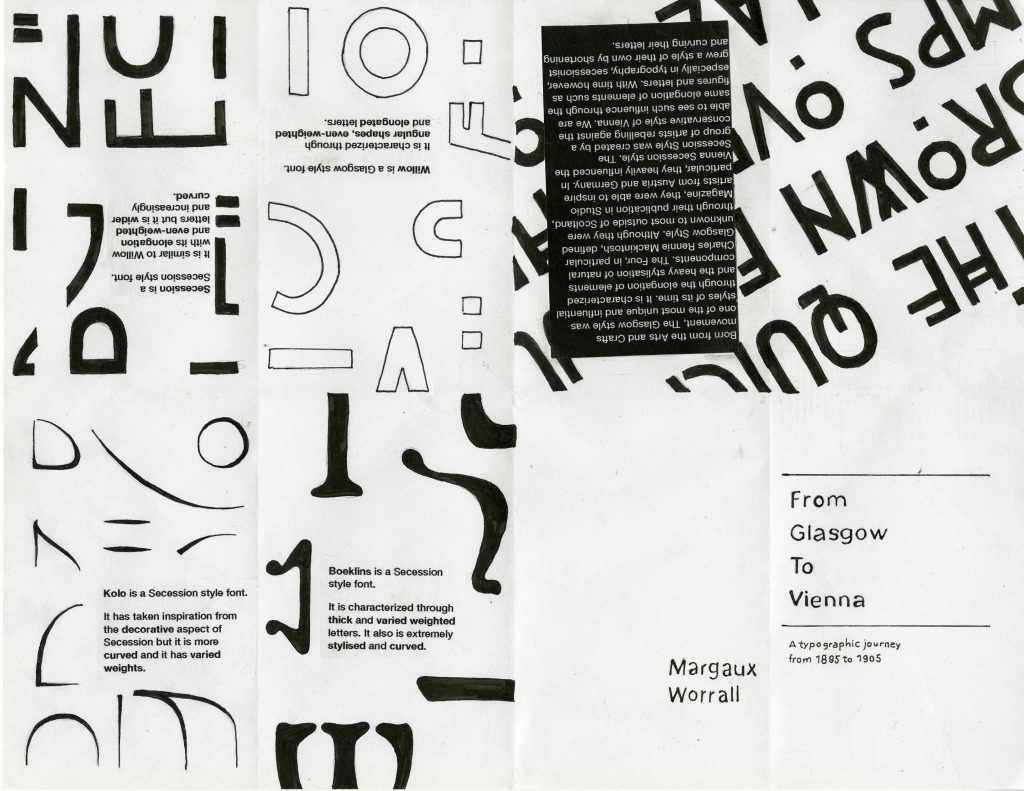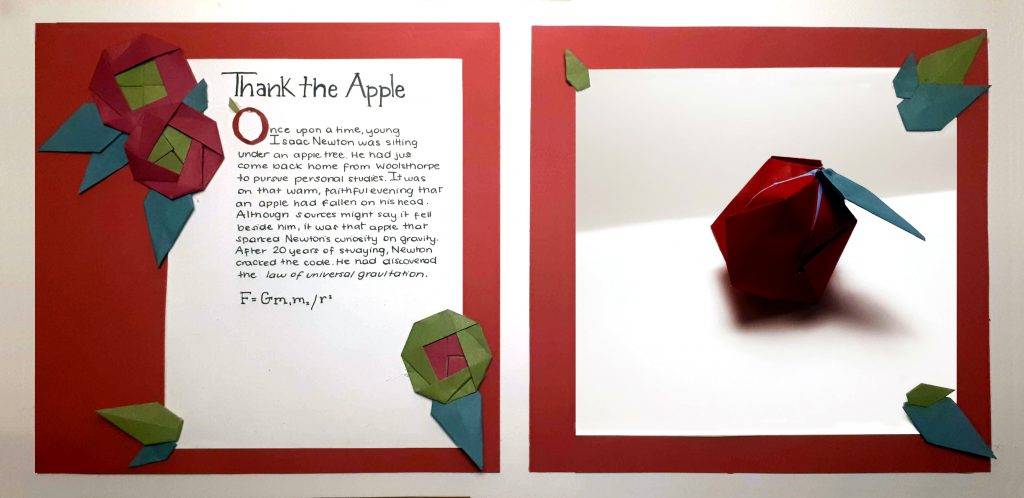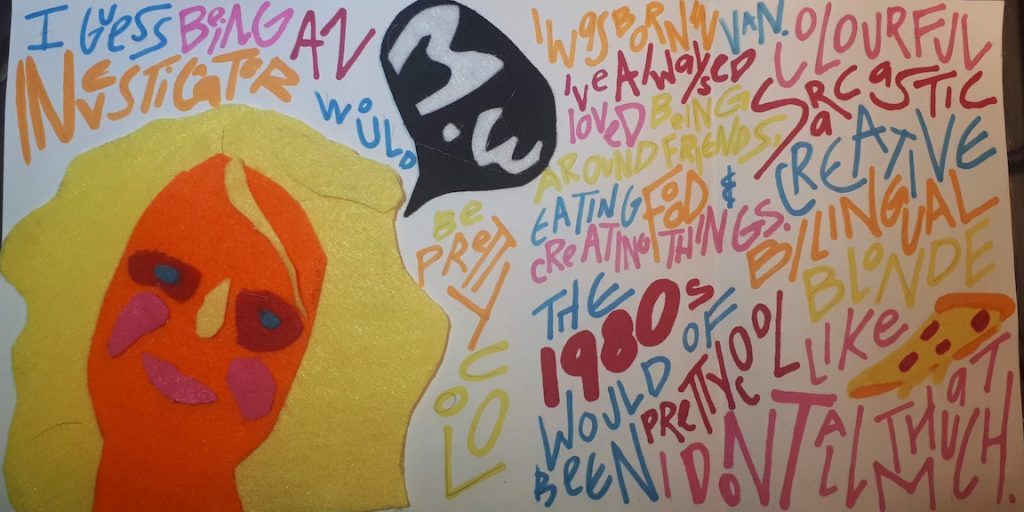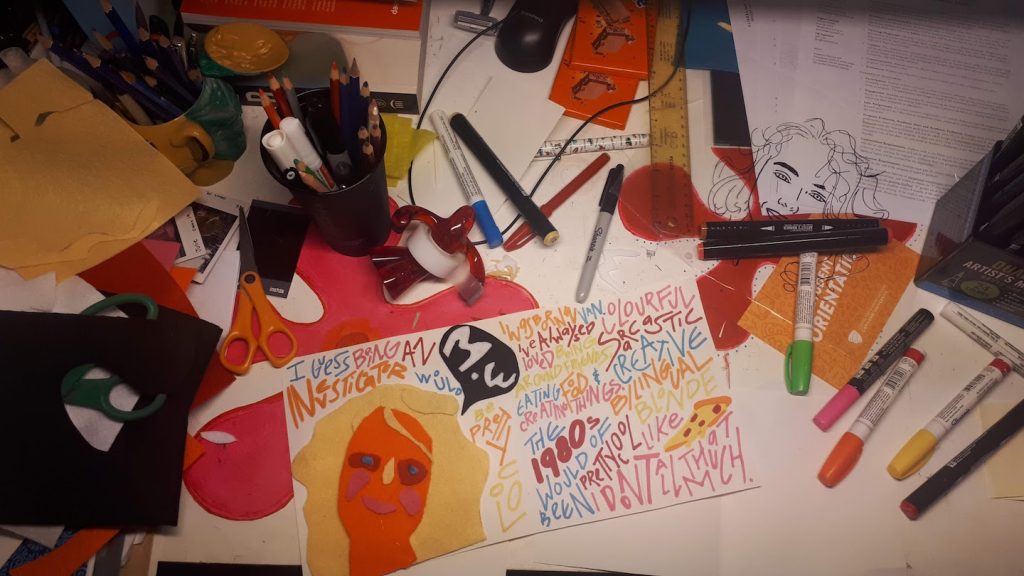Guide to being the most beautiful woman in the room
For the survey, I was given the category of fashion which I was extremely pleased about. The 1920’s have been an iconic fashion decade in North America. They have this unique silouhette for both women and men, incredible and intricate accessories from hats to jewellery. This abundance of fashion elements made it hard for me to choose on element on which to discuss about in my spread. With more research however, I became more and more inspired by fashion spreads, with multiple women all drawn with different looks and in different poses as if they were to be competing to be the most ostentatious yet poised woman in the room. I then decided to create a spread of my own, adding a bit more contrast and action, that would showcase a guide listing ways to outshine others.

Visually I think I have done a decent job. I was historically accurate with my illustrations – the poses, little facial details, and the hands. I also used water-colour as a way to complement the delicate women. By adding a larger woman to the right, I believe that I have added a more interesting perspective to the layout bringing great attention to the title. I have also used accurate fonts.
However, they’re is this big misconnection between both pages. Both figures, the one to the left and the two to the right, ignoring the same illustration style, have no relation which could have been easily fixed by using the same colour story. The fonts of both the body text and the title have huge contrast. To fix that, as suggested by Judy, I could of added an initial in the same style of the title to tie them together and to bring more readability to the body text. I also feel as if there is too much white space caused by my own fear of information being lost in the middle. I could of added some imagery or border to make it more appealing. Lastly, I forgot my name. I give myself a 6/10.




